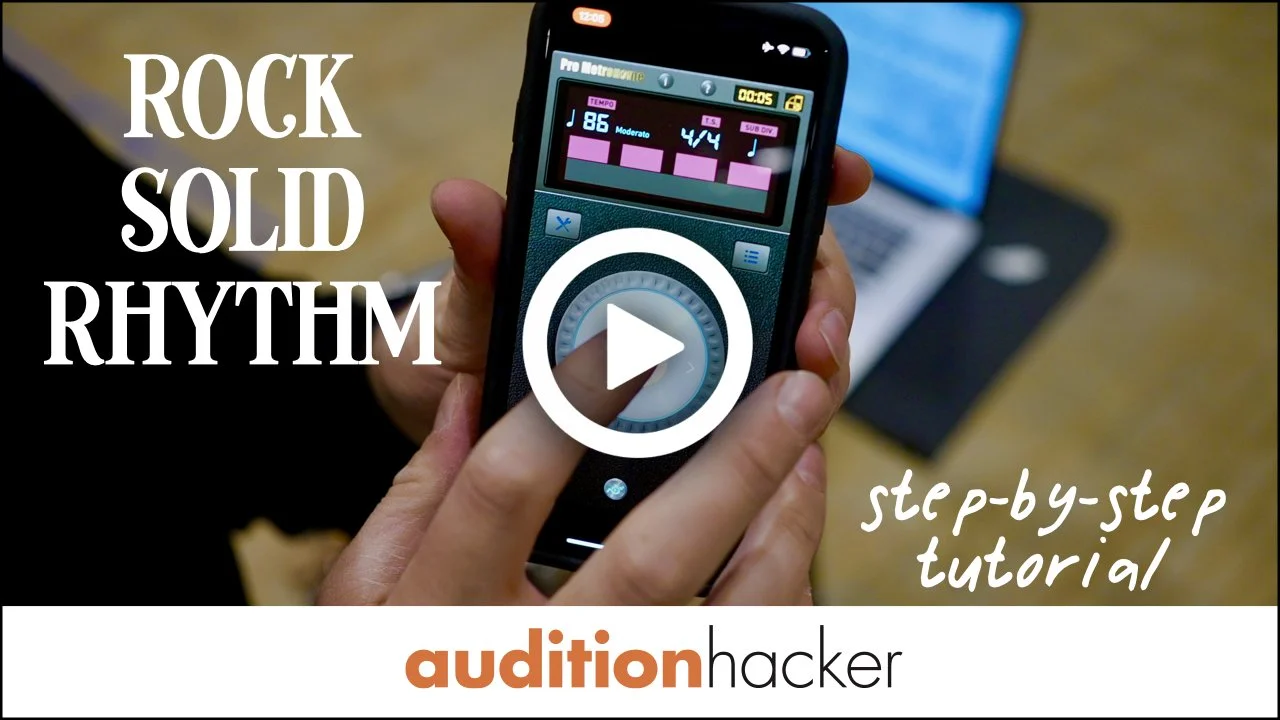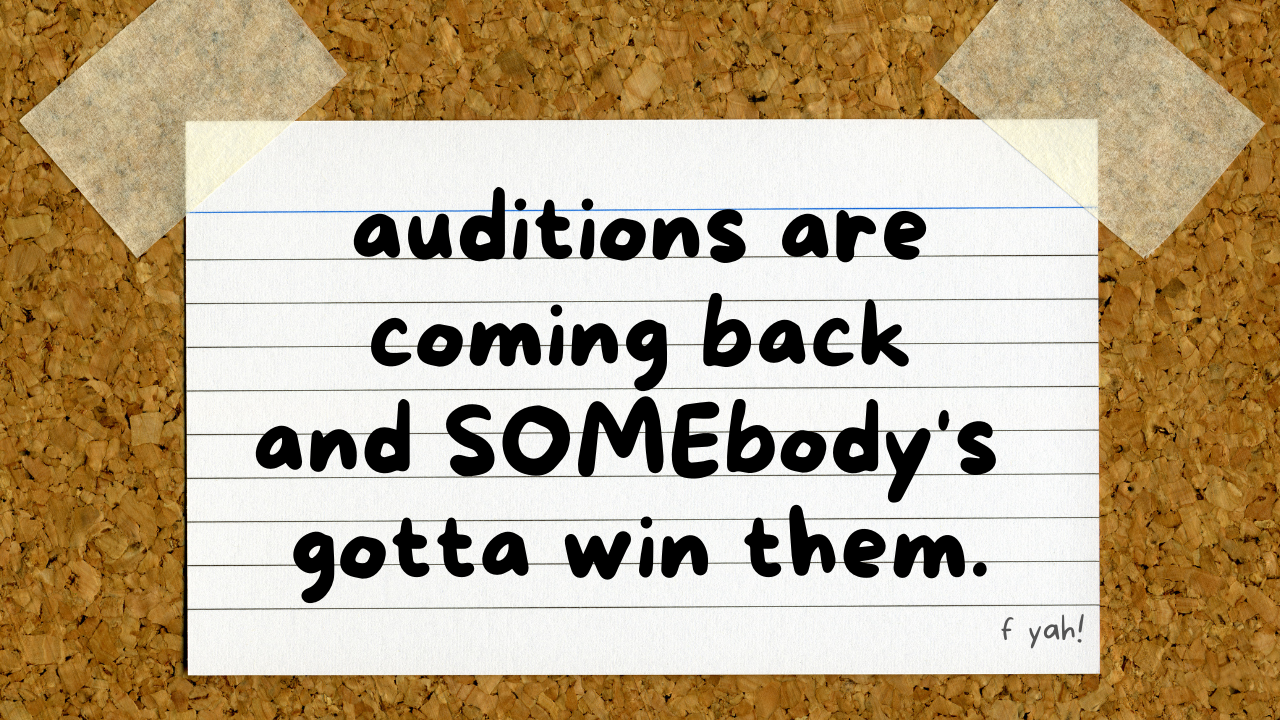how much rubato is TOO much rubato?
and can you play a crescendo when it’s not written?
there are so many dilemmas like this when we’re preparing excerpts for auditions because there are no rules. there is definitely a way to play too boring. or flat.
yeah…you can play like a machine with no wiggle room in your dynamics or rhythm or tempo and you’ll sound like you’re a midi file. and you can also play too musically outrageous. like, with a too-goopy swell and an over-the-top ritardando.
is there a ‘right answer?' and how do you figure out what’s appropriate?
how do you take musical risks in auditions without going too far?
since there are no rules, per se, there must be guidelines, right? or at least a philosophy to help keep you on track?
introducing jake nissly, my college classmate and principal percussionist of the san francisco symphony, has now won three (3) principal auditions in a row:
principal percussion, detroit symphony
principal percussion, cleveland orchestra
principal percussion, san francisco symphony
and if you’ve won 3 major principal auditions, it’s not a fluke or a lucky break. you’ve gotta be born to be a principal. so i thought jake would be the perfect person to ask about taking musical risks.
jake is one of the most methodical practicers and musical performers i know. so i asked him about this and a few other things:
ow should you prepare for principal vs. section auditions?
how do you practice stretching time for rubatos?
…and more!
today’s video is about how to take musical risks in auditions without going too far, with jake nissly.
want to nail your next audition?
here's the 5-part audition preparation method i used to win a job in the met orchestra.
(for any instrument!)












i've worked with hundreds of musicians on audition preparation. and nothing - NOTHING - has been as effective and life-changing as when they start self-recording the right way.